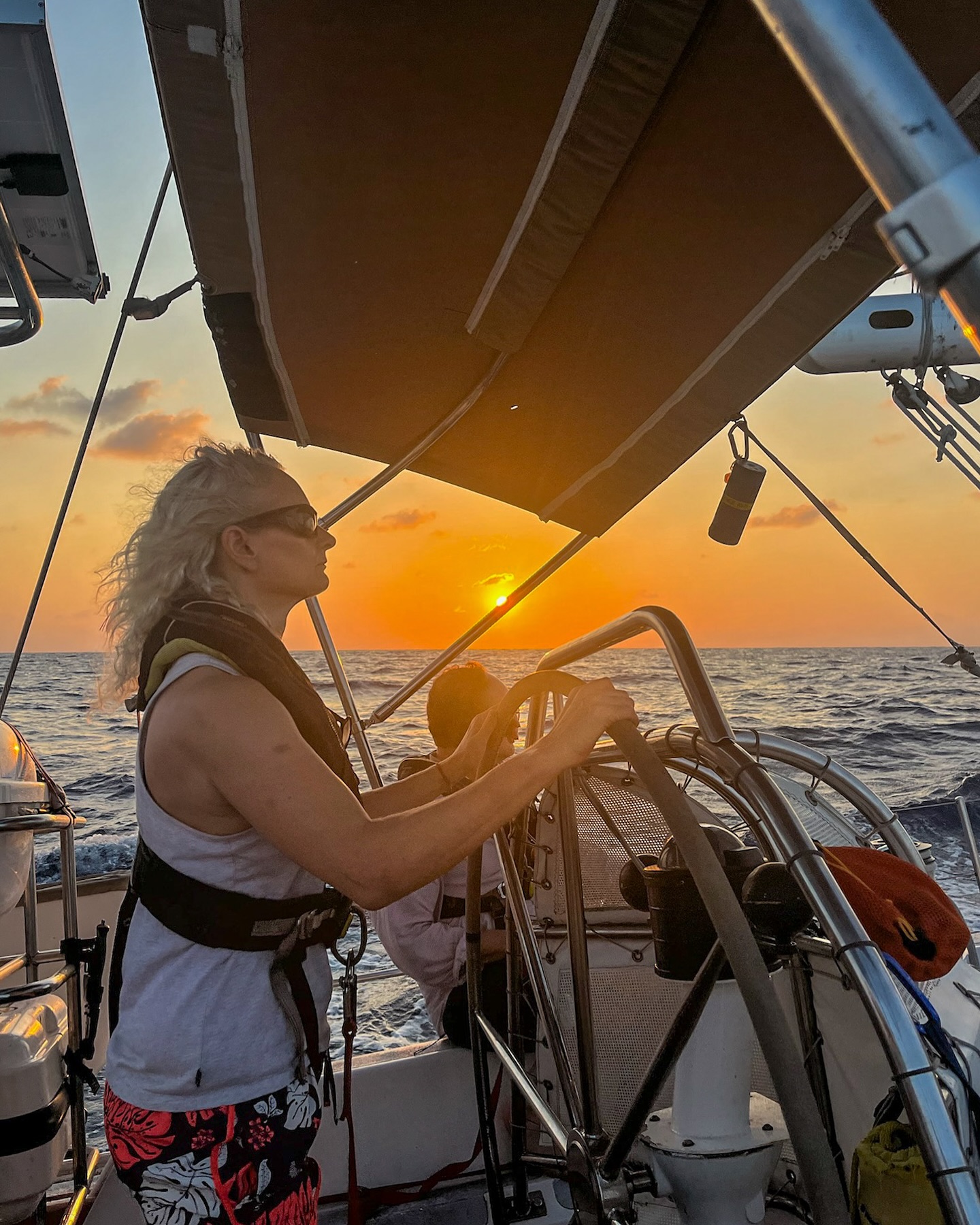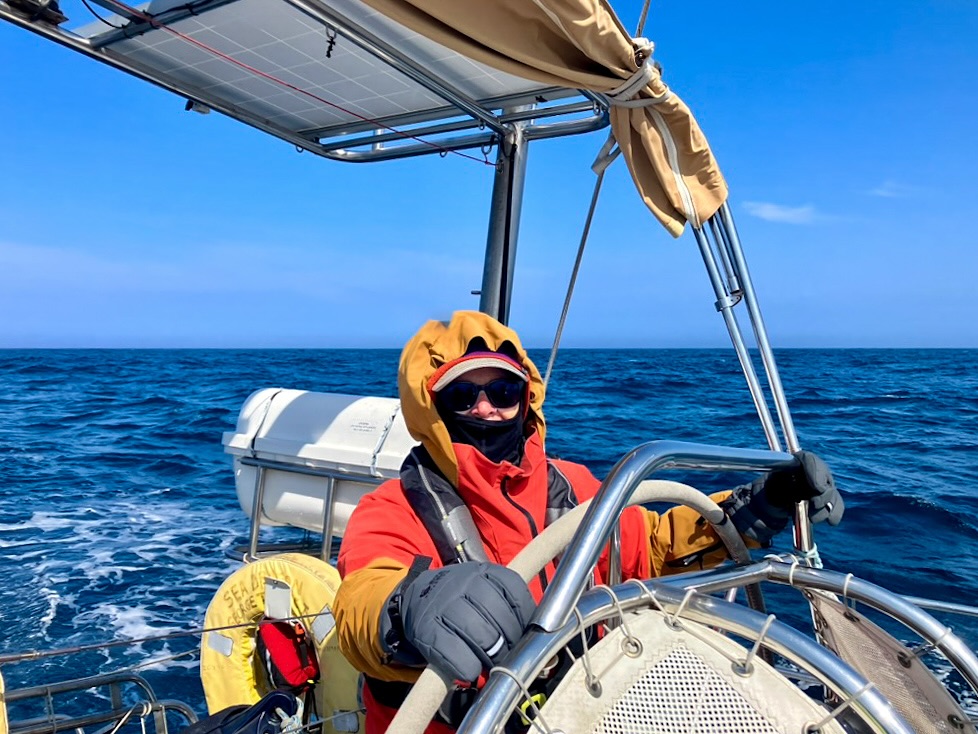Asta Mail, Great Lakes Expedition Coordinator
1835. French political thinker and Historian Alexis de Tocqueville gazes upon the South coast of Lake Eerie, aboard the steamboat Ohio. He is 26 years old, and in the midst of touring the continental United States, writing his signature novel ‘Democracy in America’. So inspired by the lakes, he takes up quill and ink, and composes a letter to a dear friend;
 Alex de Tourqeville. Wikimedia commons photo.
Alex de Tourqeville. Wikimedia commons photo.
“This lake without sails, this shore which does not yet show any trace of the passage of man, this eternal forest which borders it; all that, I assure you, is not grand in poetry only; it’s the most extraordinary spectacle that I have seen in my life.”
–Quoted from Jerry Dennis’ novel, the Living Great Lakes (2009)

Historical Drawing of Lake Eerie shoreline. Wikimedia commons photo.
De Toqueville was not the first to marvel at the natural beauty of the Great Lakes and their shores. The Great Lakes region, known as the “Land of the Inland Seas”, has long been a source of inspiration and marvel for world travellers. However, the pristine natural setting of Lake Eerie that De Touqeville once viewed has now yielded to a new vision; one of bustling lake side cities, farms, and industry.

Cleveland waterfront, 1990. Wikimedia Commons photo.
Imagine if he could see it now.
The ecosystem of these precious water bodies hangs in a balance between exquisite beauty and dangerous contamination.
Local lakeside communities have come to recognize just how easily the balance of life in this ecosystem can be shifted.

In 1969, “America’s most contaminated river “ proved itself worthy of the title. The Cuyahoga River caught on fire.

A single spark, flying from a passing train, ignited some floating debris on the lake surface. Flames quickly spread across the surface slick, reportedly “shooting flames up 5 stories in the air. (New York Times 2009)”

Oil slick on the Cuyahoga, 1961. Cleveland Press photo.
This was not the first fire that had erupted on the Cuyahoga, a river that runs for 84.9 miles, and drains 813 square miles of land in Northeast Ohio (USGS, 2012). When the city of Cleveland was settled in 1798 around the Cayahoga river mouth, it brought with it the pollution of industrial revolution. Cleveland became a center of industrial manufacturing. Sewage, human waste, oil and debris were being released into the river’s waters, to flow into Lake Eerie. In a report from the year before the famous 1960 fire:
“The surface [of the Cayahoga] is covered with the brown oily film observed upstream as far as the Southerly Plant effluent. In addition, large quantities of black heavy oil floating in slicks, sometimes several inches thick, are observed frequently.”

Richard Ellers appreciates the thickness of the pollution on the River Cuyahoga. 1960’s Photo from the Plain Dealer newspaper.
“ Debris and trash are commonly caught up in these slicks forming an unsightly floating mess. The discharge of cooling water increases the temperature by 10 °F (5.6 °C) to 15 °F (8.3 °C). The velocity is negligible, and sludge accumulates on the bottom.
Animal life does not exist.
The color changes from gray-brown to rusty brown as the river proceeds downstream. Transparency is less than 0.5 feet in this reach. This entire reach is grossly polluted.”
Kent State University, 1968
Though disastrous, the Cayahoga River burning played an important role in the history of the Great Lakes. This tragic event alerted the world to the dangers of river pollution, and created the spark for a fiery revolution in the nation’s environmental protection scene. The Cayahoga River burning inspired American Legislature to pass the “National Environmental Protection Act” (NEPA) on January 1, 1970.
The Environmental Protection Agency (also known as the EPA), a department of the US Government responsible for “managing environmental risks and regulating various sanitary-specific policies” (Ohio History Central 2012), was erected, and is now responsible for inacting the requirements of NEPA. In 1972, the EPA instituted the Clean Water Act—a very important piece of environmental legislation for the Great Lakes. It mandated that “all rivers throughout the United States be hygienic enough to safely allow mass amounts of swimmers and fish within the water by 1983” (CWA 1974).
 “The river has come back to life.”
“The river has come back to life.”
The legislation of the Clean Water act was the first step towards hope for the future of the Cayahoga river. To really get the river healthy again, though, it took the hard work and dedication from the residents and industries on the Cayahoga shoreline. In the years following, Cleveland residents voted to tax themselves an additional $100 million for river restoration. The Northwest Ohio Regional Sewer District, in collaboration with local industries, has spent $3.5 billion to reduce sewage and industrial waste pollution in the Cayahoga River (Maag, 2009). The area has seen drastic improvements in the last 50 years. In fact, more than 60 species of fish now reside in the once desolate Cayahoga river. The local wildlife, including beavers, blue herons, and deer, have returned to the shores and life has begun to return to the region.
The river’s remarkable restoration appears to some long term residents to be “a miracle”.
Cleveland Resident Gene Roberts, from Maag’s 2009 New York Times article

Cuyahoga River bend. Wiki Media commons photo
Hope now runs through the Cayahoga River and flows into Lake Eerie. The fine balance of the Great Lakes region is still being threatened by the civilization it supports. The communities of the Great Lakes are aware of the serious challenges to their water bodies. From experience, they know that with hope, dedication, and hard work, their water systems can be restored.
This hope is what will carry Pangaea through the waters of Lake Eerie and beyond—looking for ways to fan the fire of environmental change.

References:
“The Cuyahoga River Watershed: Proceedings of a symposium commemorating the dedication of Cunningham Hall.” Kent State University, November 1, 1968.
Clean Water Act of 1972, 33 U.S.C. § 1251 et seq. (2013). Retrieved Feb 1, 2013 from http://epw.senate.gov/water.pdf
Dennis, J. 2009. “The Living Great Lakes”. St. Martin’s Press.
Scott, M. June 22, 2009. “Cuyahoga River fire 40 years ago ignited an ongoing clean up campaign.”. The Plain Dealer Newspaper Online. Retreived Feb 2, 2013. http://www.cleveland.com/science/index.ssf/2009/06/cuyahoga_river_fire_40_years_a.html
Maag, C. June 20, 2009. “From the Ashes of ’60, a River Reborn.” The New York Times Newspaper Online. Retrieved Feb, 2013.http://www.nytimes.com/2009/06/21/us/21river.html
US Geological Society. Geographic Names Information System. Cyahoga River. Retrieved Feb 3 2013. http://geonames.usgs.gov/pls/gnispublic/f?p=gnispq:3:4714932561357294::NO::P3_FID:1072205
Wikipedia Encyclopedia. 2013. “Cuyahoga River”. Retrieved February 3 2013.
http://en.wikipedia.org/wiki/Cuyahoga_River
Cayahoga River, near Cleveland, 2005. Wiki Media Commons photo.
























